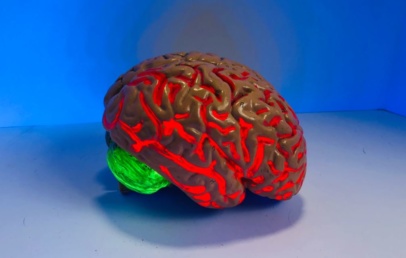
No, they’re not nutrients’ evil twin sibling.
Over the millennia, a light switch went off in the Earth’s plant population. “Wait a second,” the plants said, “bugs and animals are eating us to get at all of our essential nutrients. What if we made something that kept them from doing that? Then they’d stop eating us!”
This was, more or less, how certain kinds of plant life developed what are known as anti-nutrients. As the name may tip you off, anti-nutrients are a chemical defense mechanism utilized by plants to discourage animals from eating them. Anti-nutrients make it harder for a body to process certain kinds of nutrients, and may also possess off-putting characteristics like a bitter taste. However, it seems those plants made a bit of a miscalculation when they evolved this function: anti-nutrients are actually good for you.
Various kinds of beans, as well as other members of the legume family, have the highest concentration of anti-nutrients. In large amounts, anti-nutrients could make it harder for your body to process vital nutrients like calcium, iron, potassium, magnesium and zinc. In small amounts, though, they can provide lots of handy bonuses. Two anti-nutrients found in legumes are saponins and lectins, which help keep your blood clean and your immune system strong and reduce your risk of cardiovascular disease, respectively.

While it is technically possible to consume enough anti-nutrients that your body would be in danger, the majority of them are removed from food during cleaning and processing. You’d have to eat an entire pantry’s worth of beans in one go before you even started feeling anything overtly negative, and you’d probably be running to the toilet well before then. So don’t be afraid of anti-nutrients; they may sound scary, but they’ve got their own jobs to do, just like their mirror opposites.




